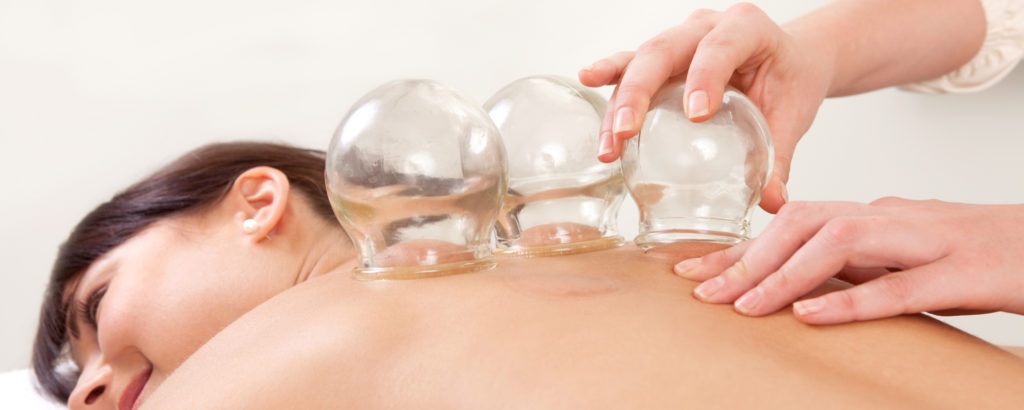
Cupping therapy, a time-honored form of alternative medicine, has been making waves again in the wellness community. With roots tracing back to ancient Chinese and Middle Eastern traditions, this intriguing practice involves placing cups on the skin to create a vacuum.
It employs various techniques to create suction on the skin using cups made of glass, bamboo, or silicone. Here’s how it works:
Dry Cupping: This straightforward method involves using heat or a pump to create a vacuum inside the cup. When placed on the skin, the vacuum pulls the skin and underlying tissues into the cup, creating suction.
Wet Cupping: Also known as hijama, this technique adds a twist by making small incisions on the skin before applying the cup. The suction draws out a small amount of blood, which is believed to help eliminate toxins and improve blood circulation.
Fire Cupping: This traditional approach involves briefly placing a flame inside the cup to heat the air. As the air cools, a vacuum forms, creating suction when the cup is placed on the skin.
The magic of cupping therapy lies in the negative pressure created by the suction. This process is thought to:
Boost Blood Circulation: The suction draws blood to the treated area, enhancing circulation and potentially accelerating healing. This increased blood flow delivers essential nutrients and oxygen to tissues while flushing out waste products.
Alleviate Muscle Tension: The mechanical action of the cups stretches and relaxes tight muscles and fascia, which can help relieve pain and improve flexibility.
Enhance Lymphatic Drainage: By promoting fluid movement into the lymphatic system, cupping can reduce swelling and help the body eliminate toxins and waste products more efficiently.
Stimulate the Immune System: The minor inflammation caused by cupping triggers an immune response, aiding in the healing process.
Evaluating the Efficacy of Cupping Therapy
Research into the efficacy of cupping therapy has produced mixed results, with some studies and anecdotal evidence suggesting benefits for various conditions. Here’s a closer look at where cupping therapy has shown promise:
Pain Relief: Cupping has been studied extensively for its potential to alleviate chronic pain, including neck and back pain, osteoarthritis, and fibromyalgia. The improved blood flow and muscle relaxation from cupping are believed to contribute to these pain-relieving effects.
Respiratory Health: Traditionally used to treat respiratory conditions like asthma, bronchitis, and the common cold, cupping may help reduce symptoms and improve breathing by enhancing circulation and reducing inflammation in the respiratory tract.
Skin Health: Cupping has been employed to address skin issues such as acne, eczema, and shingles. The therapy’s ability to boost circulation and stimulate an immune response can help reduce symptoms and promote skin healing.
Digestive Wellness: Cupping has been traditionally used to tackle digestive problems like irritable bowel syndrome (IBS) and constipation. The therapy is believed to stimulate digestive organs and enhance gastrointestinal function.
Effectiveness: A Closer Look
The effectiveness of cupping therapy can be as varied as the individuals who seek it out. While some people experience significant benefits, others may find the results less pronounced. Several factors contribute to this variability:
Individual Variability: Just like any other treatment, individual responses to cupping therapy can vary widely. Some people may find it highly effective, while others may not experience the same level of benefit.
Technique and Skill: The technique used and the skill of the practitioner play crucial roles in the effectiveness of cupping therapy. Proper application is key to achieving the desired therapeutic outcomes.
Psychological Impact: The belief in the therapy and the care provided by the practitioner can influence perceived effectiveness. The placebo effect can play a significant role in the overall experience.
Complementary Therapies: Cupping is often used alongside other treatments like acupuncture or massage. The combined effects of these therapies enhance overall effectiveness.
